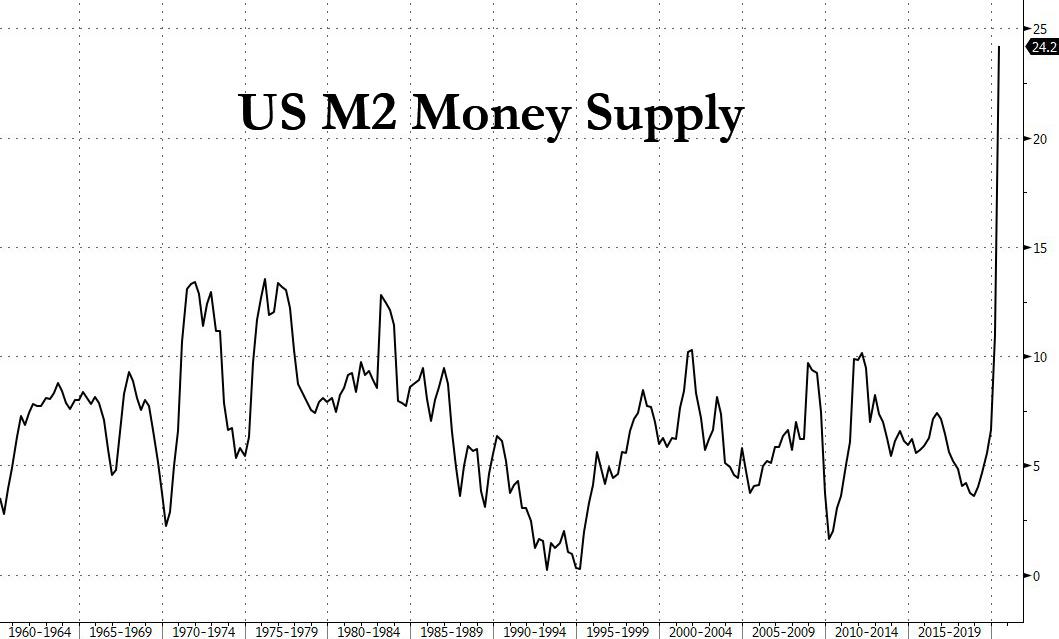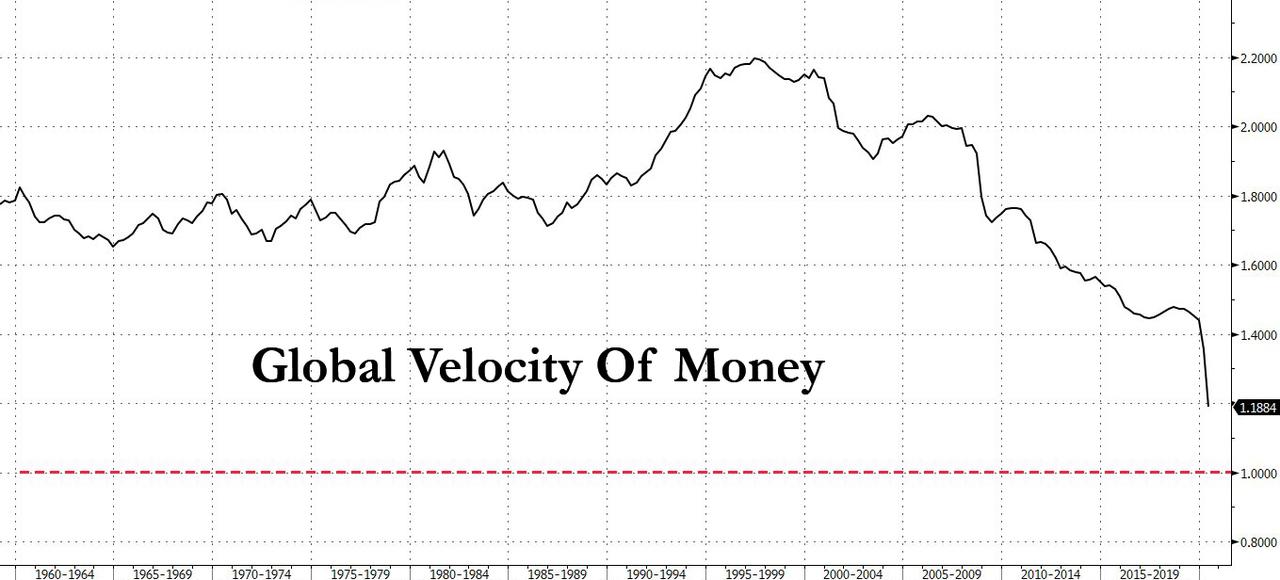It’s Time To Rethink Asset Correlations In Era Of QE
Tyler Durden
Thu, 07/23/2020 – 11:45
By Laura Cooper, macro strategist at Bloomberg
A flood of money is distorting traditional relationships between stocks, bonds and FX, and leaves investors with no choice but to rethink long-standing asset correlations. The growing adoption of quantitative easing as the policy tool of choice has increased the average balance sheet of major central banks fourfold in the past decade. Global liquidity, as measured by M2 money supply, ballooned to more than $88 trillion.
This clearly changes the way financial assets respond to policy measures. For instance, balance sheet expansion is more correlated, and statistically significant, with equities in this cycle compared with past cycles.
The MSCI All-World equity index returned an annualized 12% when the aggregate balance sheet of 12 major central banks expanded while posting losses when it stopped growing. The S&P 500 showed similar trends, with advances of 14% and 8%, respectively.
In FX, the thesis that currency depreciation plagues countries with the fastest balance sheet growth is being tested. The decade-long negative correlation between the U.S. Dollar Index and the Fed balance sheet is being challenged with the number of G-10 central banks adopting QE doubling since the global financial crisis.
Three-year rolling correlations show a breakdown between balance sheet growth and trade-weighted indexes for the euro, dollar, and yen – currencies of countries that leveraged QE during the GFC.
Negative correlations with the greenback are strongest for currencies backed by fresh bond purchasing programs, even if balance sheet expansion is outpaced by the Fed.
Bonds’ response to central bank measures is also shifting. Beyond the obvious suppression of yields, they are also exhibiting diminishing marginal returns from policy measures.
Ten-year government bond yields declined 11bps on average in developed economies and 43bps in emerging markets three days after 21 central banks first announced QE during the pandemic. The impact was much smaller for sovereign yields where central banks had relied on bond purchases back in the GFC era, according to the National Bureau of Economic Research.
With consensus forecasts tilting toward more QE this year, asset correlations as investors know it could permanently change. Some of the shifts to consider include the implications of an estimated $1 trillion bond glut; what the effective monetization of sovereign debt means for government spending; the longer-term distortions around the zombification of the economy, and moral hazard as the health crisis passes.
But the greatest distortion may be that an abundance of liquidity hasn’t resulted in inflation, partly because the velocity of money has dropped to record lows. Should the demand shock prove less severe, supply constraints and labor market scarring can bring about an elusive rise in prices.
Yet any return of inflation would be in the context of asset classes that have been transformed and distorted by a flood of stimulus. In this new regime, investors will have to rethink their response to price pressures, as well as other macro drivers.
![]()
Zero Hedge’s mission is to widen the scope of financial, economic and political information available to the professional investing public, to skeptically examine and, where necessary, attack the flaccid institution that financial journalism has become, to liberate oppressed knowledge, to provide analysis uninhibited by political constraint and to facilitate information’s unending quest for freedom. Visit https://www.zerohedge.com


